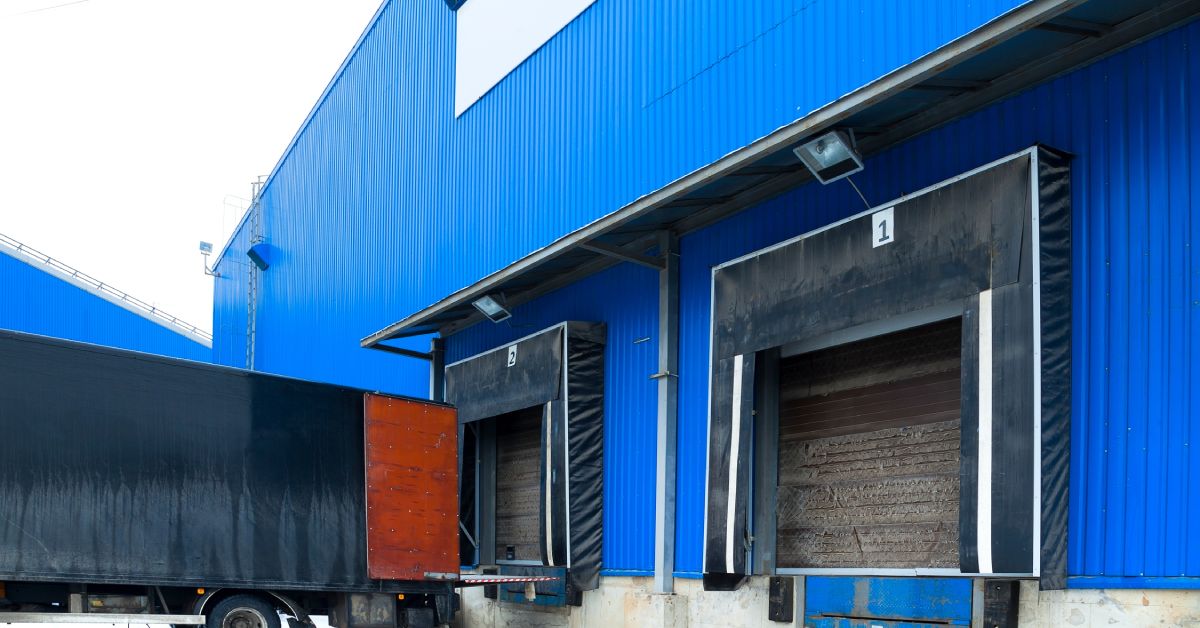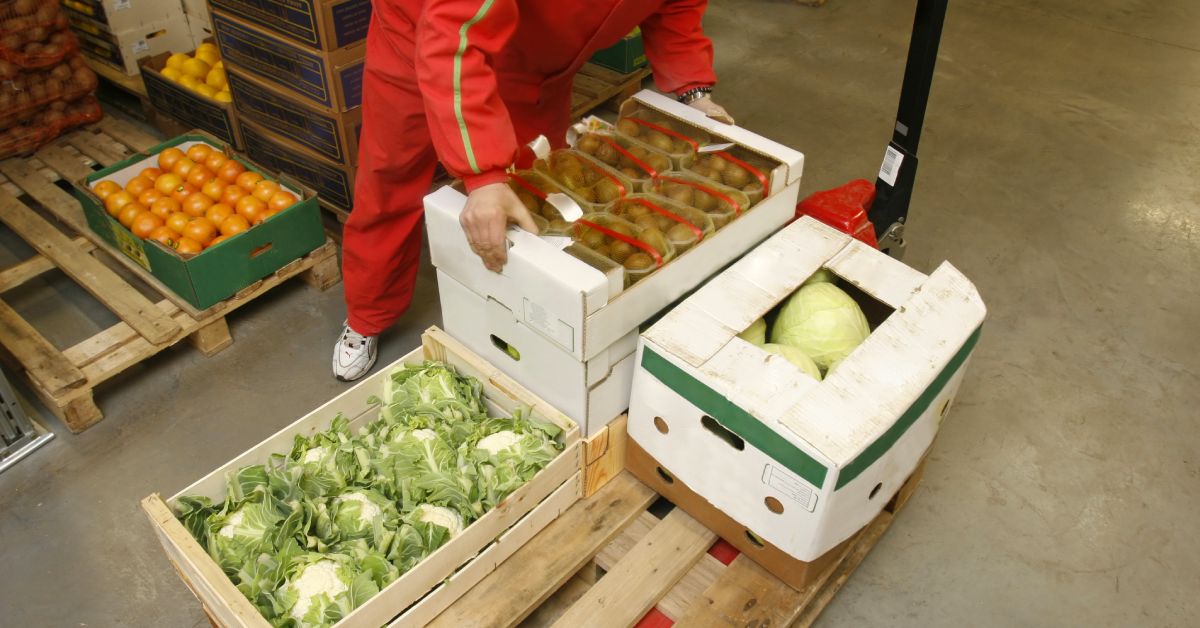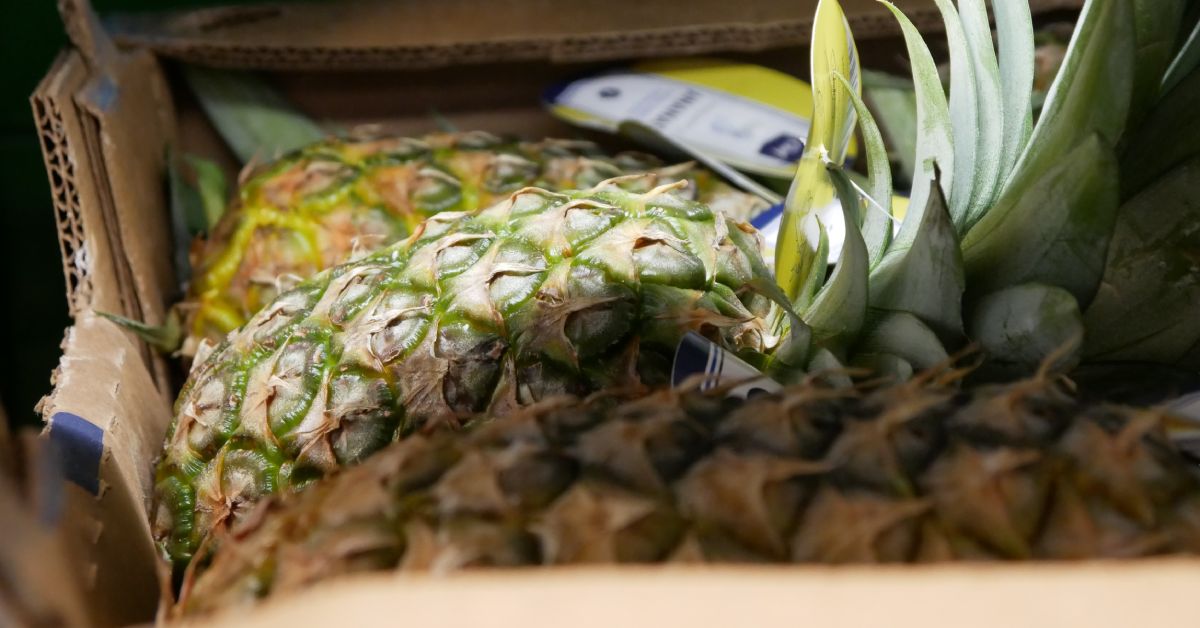
Extreme weather events continue to disrupt supply chains across the country, causing billions in losses for businesses that fail to protect their inventory. Competent warehouse managers know that preparing Gaylord food totes for extreme weather starts with implementing protection before disaster strikes.
Gaylord food totes are the backbones of bulk storage in food processing facilities, warehouses, and distribution centers. These large, corrugated containers can hold raw ingredients and finished products, making it necessary to protect them during severe weather.
Weather Threats to Gaylord Storage
Weather patterns pose unique challenges to Gaylord food totes and their contents. High humidity can compromise cardboard integrity, leading to structural failures, contamination, or complete product loss. Temperature fluctuations cause condensation buildup inside containers, creating ideal conditions for mold growth and bacterial contamination.
Heavy rainfall and flooding present the most immediate threats to ground-level storage areas. Water damage can destroy the containers and their contents within minutes, turning valuable inventory into waste. Snow and ice create additional weight loads on storage structures, while freezing temperatures can make cardboard brittle and prone to cracking.
Wind damage often gets overlooked until you experience torn roofing or broken windows that expose storage areas to the elements. Even minor structural compromises can allow moisture infiltration that gradually weakens container walls and threatens product integrity.

Pre-Weather Preparation Steps
Successful weather preparation requires systematic planning and immediate action when forecasts indicate potential threats. Thoroughly inspect all storage areas by checking for roof leaks, damaged windows, inadequate drainage systems, and structural weaknesses that could compromise container protection.
Elevate your Gaylord food totes whenever possible, placing them on pallets or raised platforms to create barriers against flood waters. This simple step prevents direct water contact and provides time for emergency response if flooding occurs. Make sure there is adequate spacing between containers to allow for air circulation and easy access during emergencies.
Implement safe stacking techniques that account for extreme weather conditions. For instance, you could reduce stack heights during wind warnings to prevent toppling, and avoid placing heavy containers on top of lighter ones where settling could occur. Finally, create clear pathways for emergency access and equipment movement throughout your storage areas.
Moisture Control and Waterproofing Strategies
Moisture represents the greatest threat to Gaylord containers and their contents, so focus on containers holding the most valuable or moisture-sensitive products. Install plastic sheeting or tarps over container groupings, securing them tightly to prevent water damage while allowing for some ventilation to avoid condensation buildup underneath covers.
Consider using moisture-absorbing products, such as desiccant packs or moisture control systems, in humid environments. Position dehumidifiers throughout storage areas before severe weather events to reduce ambient moisture levels. These solutions uphold storage conditions when external weather creates challenges.
Waterproof coatings on container exteriors provide additional protection against moisture infiltration. While this adds to preparation time and costs, the investment pays for itself by preventing product losses during bad weather.
Temperature Management Techniques
Extreme temperatures require specific preparation strategies to maintain product quality and container integrity. Install temporary insulation barriers around sensitive storage areas, using foam boards, insulating blankets, or other materials to create temperature-stable zones.
Test and service heating systems before winter weather arrives. Backup power sources are essential for maintaining climate control during power outages that may accompany severe storms. Portable heaters can provide heating for storage areas during emergencies.
Cooling strategies for extreme heat events include installing temporary shade structures, increasing ventilation, and using fans to circulate air. These measures prevent overheating, which can accelerate product spoilage and weaken container structures through thermal expansion and contraction cycles.

Inventory Management and Rotation
Extreme weather preparation includes prioritizing the most valuable products. Move high-value or time-sensitive items to the most secure storage areas, positioning them away from potential leak sources and structural weak points.
Implement first-in, first-out rotation schedules that account for weather forecasts, and move older inventory before bad weather traps products in compromised storage areas. This proactive approach minimizes losses from products that might expire during extended weather-related storage periods.
Document container locations and contents before severe weather events, and create detailed inventories that facilitate insurance claims and track product movements during emergency responses. Digital photography can be valuable to prove container conditions before and after inclement weather.
Emergency Response Planning
Develop emergency response protocols that specify steps for protecting Gaylord food totes during different weather scenarios. Assign responsibilities to team members so that everyone knows their roles during emergencies when quick action is necessary.
Establish communication systems during power outages and infrastructure failures. Battery-powered radios or satellite phones enable coordination between team members and emergency services during severe weather events.
Maintain emergency supply kits that include plastic sheeting, rope, duct tape, moisture absorbers, portable pumps, and other materials for container protection. Store these supplies in accessible locations around your facility.
Long-Term Protection Strategies
Consider investing in permanent infrastructure improvements that provide ongoing protection for your Gaylord food totes. Upgraded roofing systems, improved drainage, and enhanced HVAC systems create more resilient storage environments that require less emergency preparation for each weather event.
When sourcing new containers, prioritize suppliers who offer weather-resistant options or enhanced durability features. At United Container Company, we provide cardboard boxes wholesale that offer better protection against moisture and temperature extremes than standard options.
Regular maintenance should include weatherproofing inspections, seal replacements, and structural assessment. It’s important to identify and address potential problems before they compromise your storage capabilities during extreme weather events.
Professional Resources and Support
Consider partnering with logistics specialists who understand the unique challenges of protecting bulk food storage during severe weather. These professionals bring experience from multiple industries and can recommend solutions for your facility’s vulnerabilities and products.
United Container Company provides expertise in selecting appropriate containers for diverse storage environments. Our extensive inventory includes options for facilities that regularly face extreme weather.
Protecting Your Products
The costs associated with insufficient preparation pale in comparison to the potential losses from damaged inventory and compromised storage systems. As you can see, preparing your Gaylord food totes is necessary before extreme weather.
Every hour spent on preparation before severe weather events can prevent days of cleanup and thousands of dollars in losses. The most successful business leaders treat weather preparation as an ongoing requirement rather than an occasional emergency response.
Start implementing these protection strategies immediately, beginning with any vulnerabilities in your current storage setup. Regular practice of emergency procedures and consulting the experts at United Container Company guarantees smooth execution when severe weather threatens your operations.
Posted by





